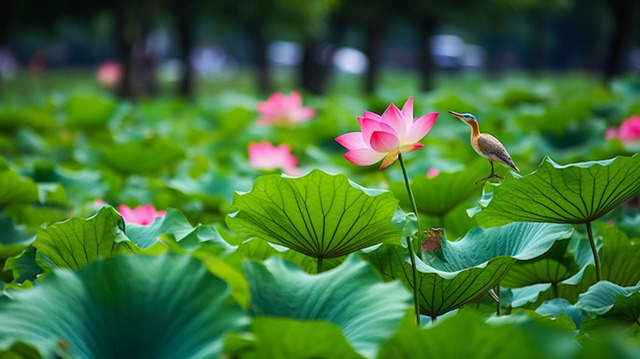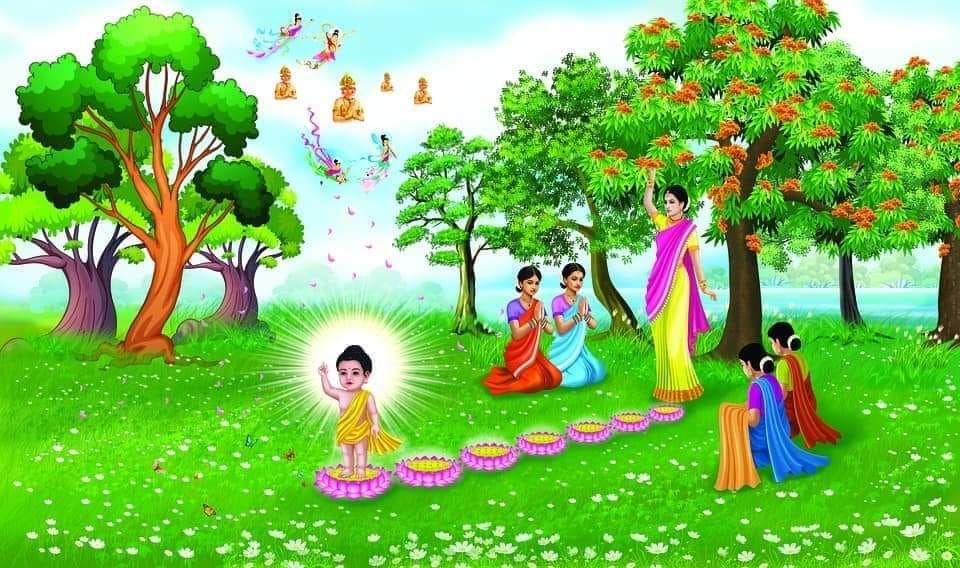Dharmacharya Andrew. J. Williams

A BRIEF HISTORY OF BUDDHISM Part 19 –
THE EXPANSION OF BUDDHISM TO THE WEST
- ◆● ════ ◆◇◆════ ●◆●
“Following the previously mentioned classical encounters between Buddhism and the West recorded in Greco-Buddhist history and art, information and legends about Buddhism seem to have reached the West sporadically over time. For instance, an account of the life of the Buddha’s was translated into Greek by John of Damascus, and then widely circulated to Christians as the story of Josaphat. Interestingly, in the 14th century this story of Josaphat had become so popular that he was made a Catholic saint.
The next recorded direct encounter between Europeans and Buddhism happened in Medieval times when the Franciscan friar William of Rubruck was sent on a trip to the Mongol court of Mongke by the French king Saint Louis in 1253. The contact happened at Cailac (in modern day Kazakhstan).
In the period after Hulagu Khan, the Mongol Ilkhans increasingly adopted Buddhism. Numerous Buddhist temples dotted the landscape of Persia and Iraq, none of which survived the 14th century. The Buddhist element of the Il-Khanate died out after the death of Arghun Khan.
The Kalmyk Khanate was founded in the 17th century with Tibetan Vajrayana Buddhism as its main religion, following the earlier migration of the Oirats from Dzungaria through Central Asia to the steppe around the mouth of the Volga River. During the course of the 18th century, they were absorbed by the Russian Empire.
Interest in Buddhism increased during the colonial era, when Western powers were in a position to directly witness Buddhism and its artistic manifestations in detail. The opening of Japan in 1853 created a considerable interest in the arts and culture of Japan, and provided access to one of the most thriving Buddhist cultures in the world.
Buddhism started to enjoy a strong interest from the general population in the West following the turbulence of the 20th century. In the wake of the 1959 Tibetan uprising, a Tibetan diaspora has made Tibetan Buddhism in particular more widely accessible to the rest of the world. It has since spread to many Western countries, where the tradition has gained popularity. Among its prominent exponents is His Holiness the 14th Dalai Lama. The number of its adherents is estimated to be between ten and twenty million worldwide.
In the last few decades Buddhism has taken firm roots throughout many countries in the West, due in part to people and their families migrating to Western countries from various Buddhist cultures, especially from countries such as Vietnam.
It is also due to the genuine interest in Buddhism shown by Westerners of all backgrounds. Some of whom have deep virtuous roots from practising Buddhism in previous lives, and others who are totally new to Buddhism, having a strong attraction to the peace, harmony and understanding that results from the Buddhist practises of morality, meditation and wisdom.
All schools of Buddhism, within the Theravada, Mahayana and Vajrayana traditions, are now widely practised throughout the western world.
Generally, in Western countries, Buddhism is held in high regard as a way of peace. A blameless religion with a history that has caused peace, harmony and understanding wherever it has travelled. The number of Buddhist Temples and Dharma Centres, as well as the number of practitioners from all backgrounds, is constantly and consistently increasing in the West.”
- ◆● ════ ◆◇◆════ ●◆●
~Dharmacharya Andrew. J. Williams~
























